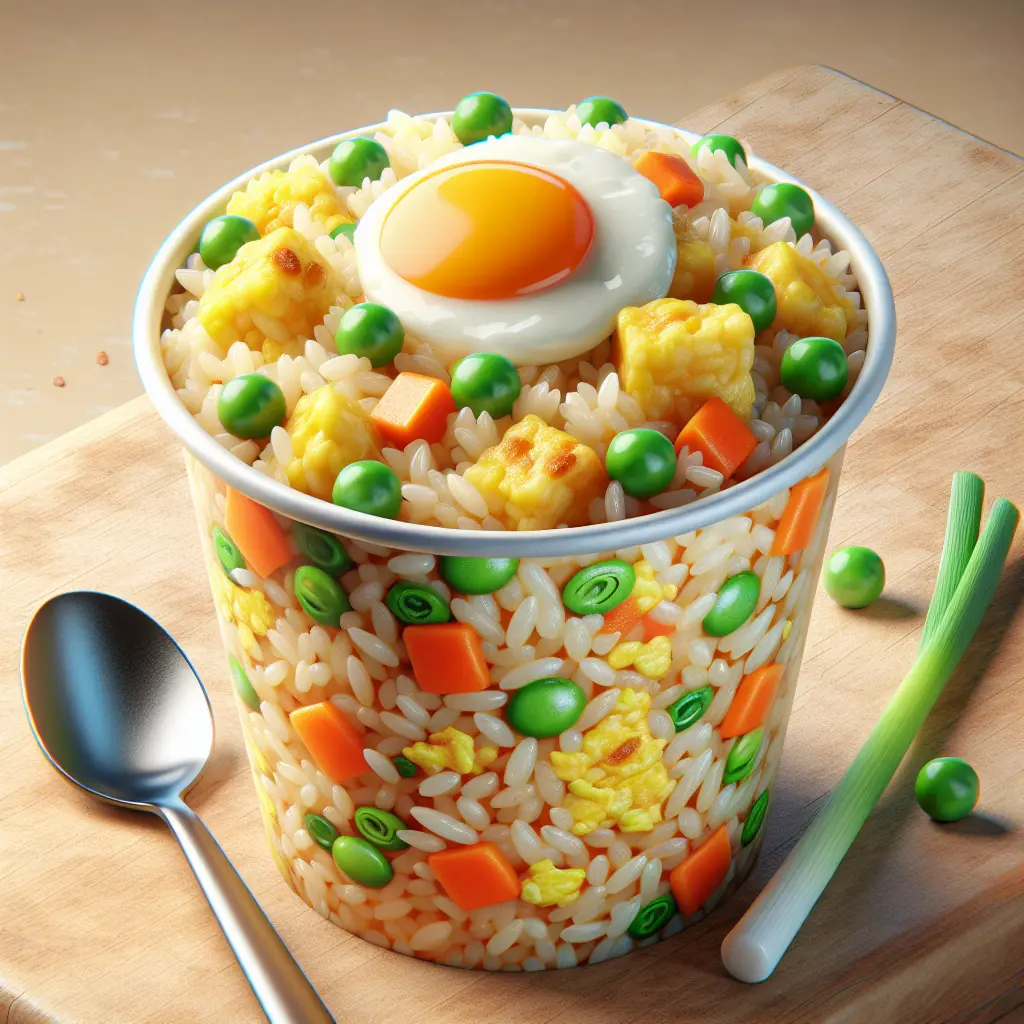Japanese Fried Rice: A Culinary Journey
Japanese fried rice, or "Yakimeshi," is a beloved dish that has captivated food enthusiasts worldwide. Its origins can be traced back to the late 19th century, when Japanese immigrants introduced it to the United States. Over time, Yakimeshi has evolved into a culinary masterpiece, embracing regional variations and creative interpretations.
Ingredients and Preparation:
Authentic Japanese fried rice typically consists of rice, vegetables, protein, and seasonings. The rice is usually short-grain and cooked beforehand to achieve a slightly sticky texture. Vegetables commonly used include carrots, peas, and onions, adding a vibrant crunch and sweetness to the dish. Protein options vary widely, ranging from chicken and beef to tofu and seafood.
The key to preparing exceptional Japanese fried rice lies in the cooking technique. Using a well-seasoned wok or skillet allows for even heat distribution and prevents the rice from sticking. The ingredients are added sequentially, starting with the vegetables, followed by the protein, and finally the cooked rice. Soy sauce, mirin, and sake contribute umami and a hint of sweetness, while sesame oil adds a nutty aroma.
Nutritional Value:
Japanese fried rice offers a balanced nutritional profile. A single cup serving provides approximately 253 calories, 11 grams of protein, 9.4 grams of fat, 31 grams of carbohydrates, 2 grams of fiber, and 2.7 grams of sugar. This dish is a good source of energy, protein, and essential vitamins and minerals.
Cultural Significance:
Beyond its culinary appeal, Japanese fried rice holds cultural significance. It is often served as part of a traditional Japanese meal, alongside miso soup and pickles. Yakimeshi is also a popular street food, enjoyed at festivals and night markets. The dish represents the harmonious fusion of Japanese culinary traditions with Western influences.
Variations and Creativity:
The versatility of Japanese fried rice allows for endless variations. Some popular variations include the addition of pineapple, kimchi, or cheese. Creative interpretations have emerged, incorporating ingredients such as avocado, asparagus, and even bacon. These variations cater to diverse tastes and preferences, making Japanese fried rice a truly adaptable dish.
Conclusion
Japanese fried rice is a culinary delight that tantalizes taste buds and embraces cultural heritage. Its savory flavors, vibrant colors, and nutritional value make it a beloved dish around the world. Whether enjoyed as a traditional meal or a creative variation, Japanese fried rice continues to captivate food enthusiasts with its versatility and deliciousness.
How many calories are in Japanese Fried Rice?
Each 1 cup of Japanese Fried Rice contains 253 calories.
Japanese Fried Rice Nutritional Information
| Nutrient | Amount per 1 cup (184g) |
|---|---|
| Calories | 253 Calories |
| Protein | 11g |
| Fat | 9.4g |
| Saturated Fat | 1.4g |
| Cholesterol | 0.094mg |
| Carbohydrates | 31g |
| Dietary Fiber | 2g |
| Sugar | 2.7g |
| Sodium | 0.41mg |
| Potassium | 0.2479mg |
| Calcium | 0.036mg |
| Iron | 0.0011mg |
